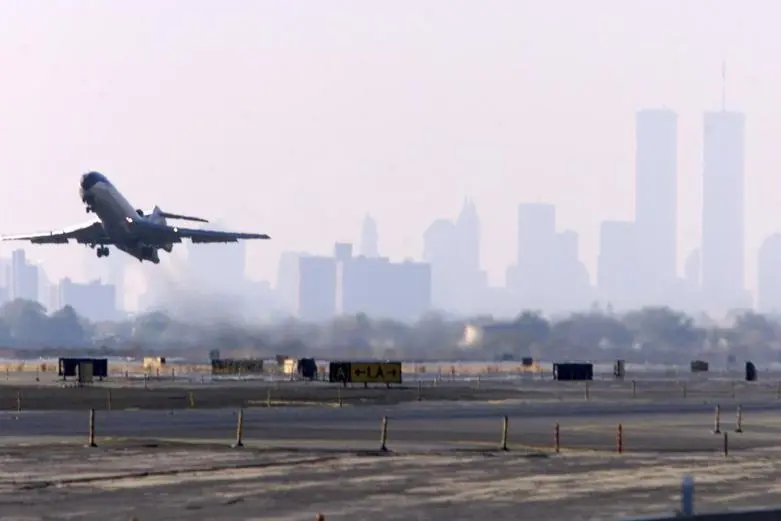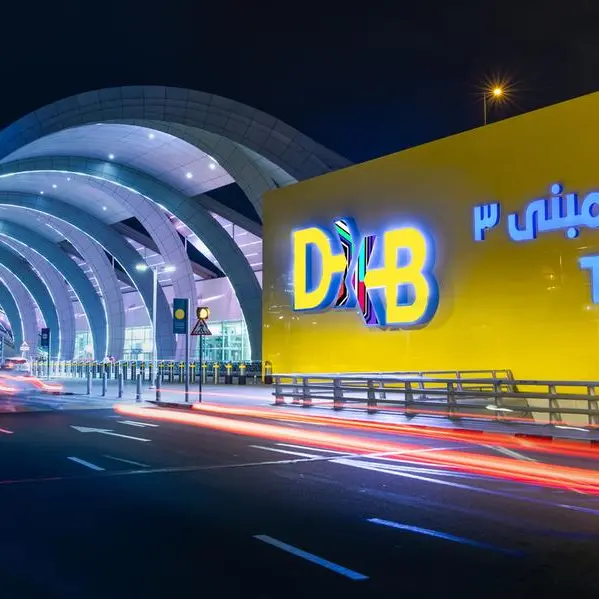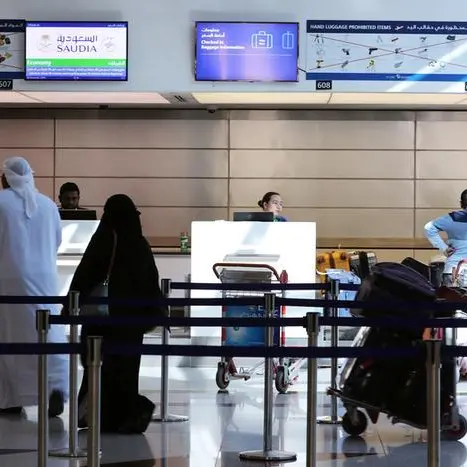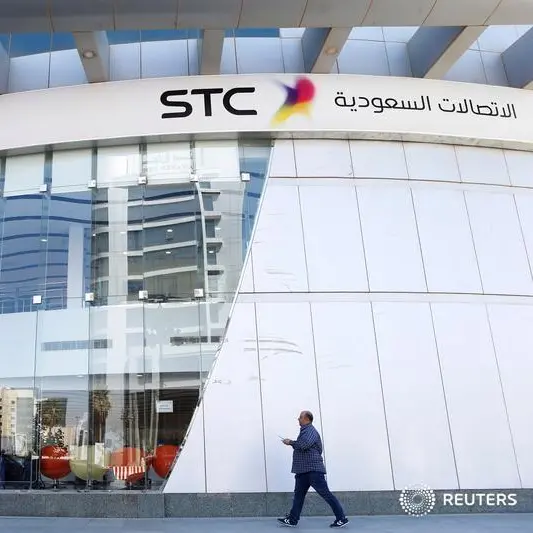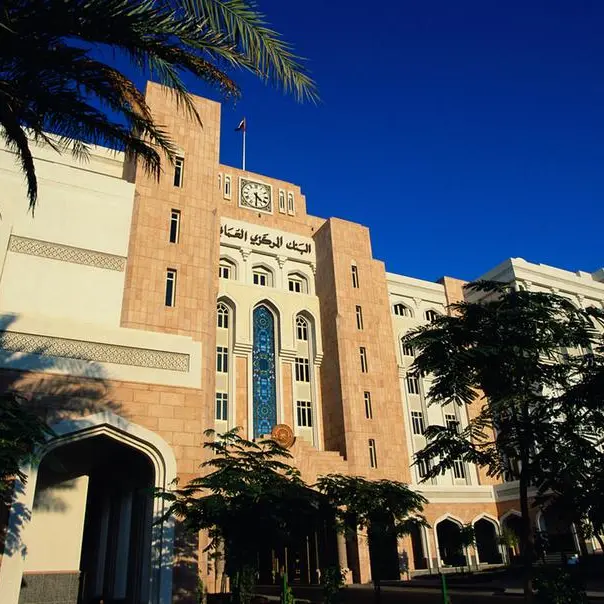PHOTO
Tuesday, Sep 01, 2015
Dubai/Mashhad, Iran: Air travel between Iran and the rest of the world is to rise from 2016 with more and more business and leisure travellers expected to visit the country once sanctions are lifted.
International airlines, including Abu Dhabi’s Etihad Airways and Germany’s Lufthansa’s Group, voiced interest in adding flights to the country even before July’s agreement to lift sanctions was reached.
Airlines see a growing appetite for air travel in Iran, particularly beyond Tehran, the nation’s capital where many foreign carriers already fly to.
Aided by the lifting of sanctions, expected early next year, the country’s population of 80 million, dominated by youth, makes the country even more attractive for airlines.
On Tuesday, Emirates launched flights to Mashhad in the north east of the country near the borders of Turkmenistan and Afghanistan. The city, also a tourism, industrial and manufacturing hub, is of religious significance to Shiites.
“Iran has huge potential ... We are very optimistic,” Shaikh Majid Al Mualla, Divisional Senior Vice-President, Commercial Operations — Centre, told Gulf News on board the inaugurating flight to Mashhad.
The removal of sanctions on Iran will give Emirates more opportunity to fly to new destinations in the country, he said.
Emirates, which also flies four daily services between Dubai and Tehran, is the second-largest foreign carrier by international seats after Turkish Airlines. Qatar Airways flies between two and three times a day to the Iranian capital but regularly uses smaller aircraft when compared to Emirates. Etihad Airways, the youngest and smallest of the three major Gulf airlines, increased flights to Tehran this year from three weekly services to daily.
“The increase to daily is the first step in Etihad Airways’ phased network expansion to Iran,” the airline said at the time.
While Emirates is the second-largest foreign airline in Iran and fourth overall behind home-grown carriers Iran Air and Mahan Air, the expansion into the country has been led by the Arab Gulf no-frills airlines.
“Iran’s focus on business within the Middle East has been an advantage for flydubai and Air Arabia,” Will Horton, senior analyst at CAPA — Centre for Aviation, told Gulf News by email.
Flydubai announced seven new destinations in the country this year and is now flying to nine cities. Air Arabia added two new destinations and is now flying to six cities, half of which are daily flights.
“Airlines will look to bulk up existing points and explore new destinations. Air Arabia, flydubai and Turkish Airlines will continue to explore new points before the more network-oriented, full-service Gulf carriers consider points,” Horton said.
Turkish Airlines, one of the fastest-growing airlines in the world and seen by some analysts as a threat to the Gulf carriers, is flying to seven destinations in the country.
Bahrain’s Gulf Air is flying to Mashhad daily, a likely nod to its majority Shiite population, and also offering services to Tehran and Shiraz. Oman Air is flying daily to Tehran, meanwhile Saudi Arabian Airlines (Saudia) flies four times a week to Mashhad. Kuwait’s Jazeera Airways and Kuwait Airways also fly to Iran.
“As Iran’s business expands beyond the Gulf region, there will be more opportunities for the network of Gulf carriers and airlines from other regions,” Horton said.
Last December, Lufthansa, which already flies from Frankfurt to Tehran, said there was scope to add more flights to the country. And just weeks after July nuclear agreement, Group carrier Austrian Airlines said it is interested in flying to Isfahan and Shiraz. It also already flies to Tehran.
While there is appetite from international carriers to add services to Iran, they may be limited by existing bilateral agreements that need to be renegotiated on a government-to-government level before new flights can launch.
Mashhad Airport Director-General Gasem Zadeh told reporters he wants Emirates to increase frequencies on its new route from five weekly flights to daily but problem is the airline has used all of its landing rights. If it wants to launch flights to other cities in Iran it has to either drop capacity on an existing route or wait for a new bilateral agreement.
Shaikh Majid said “the sooner [a new agreement is reached], the better”. “If there is any opportunity, then definitely we grab it,” he said.
But even with bilateral constraints and the possibility of new direct services from European carriers, passenger traffic is still expected to flow through regional hubs, United States-based analyst Addison Schonland, founder and partner at AirInsight, told Gulf News by email.
This means there is opportunity for the Arab Gulf airlines, particularly the premium carriers that fly outside of the Middle East, to increase their traffic flows.
But Horton and Schonland both warned there is a risk Iran will try and protect its own carriers from losing passengers to the Gulf carriers.
“Iran will probably have to protect its local airlines by providing capacity constraints — we might even see some of the current access cut back to help local airlines,” Schonland said.
Iran’s commercial aviation industry has been under sanctions for decades and is not able to purchase brand new aircraft from manufacturers Boeing and Airbus, instead having to purchase older models through third parties.
The lifting of sanctions is expected to allow the country’s airlines to purchase new aircraft with Iranian officials already flagging a potential order of up to 400 aircraft.
“Iran Air will look to grow internationally. Mahan [Air] too but Mahan is on a terrorism-related sanction that will not be lifted — so it seems Mahan needs to get off the terrorism sanction,” Horton said.
By Alexander Cornwell Staff Reporter
Gulf News 2015. All rights reserved.
